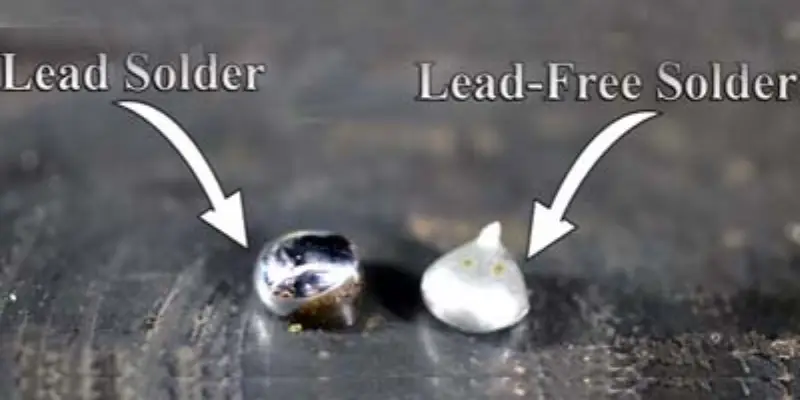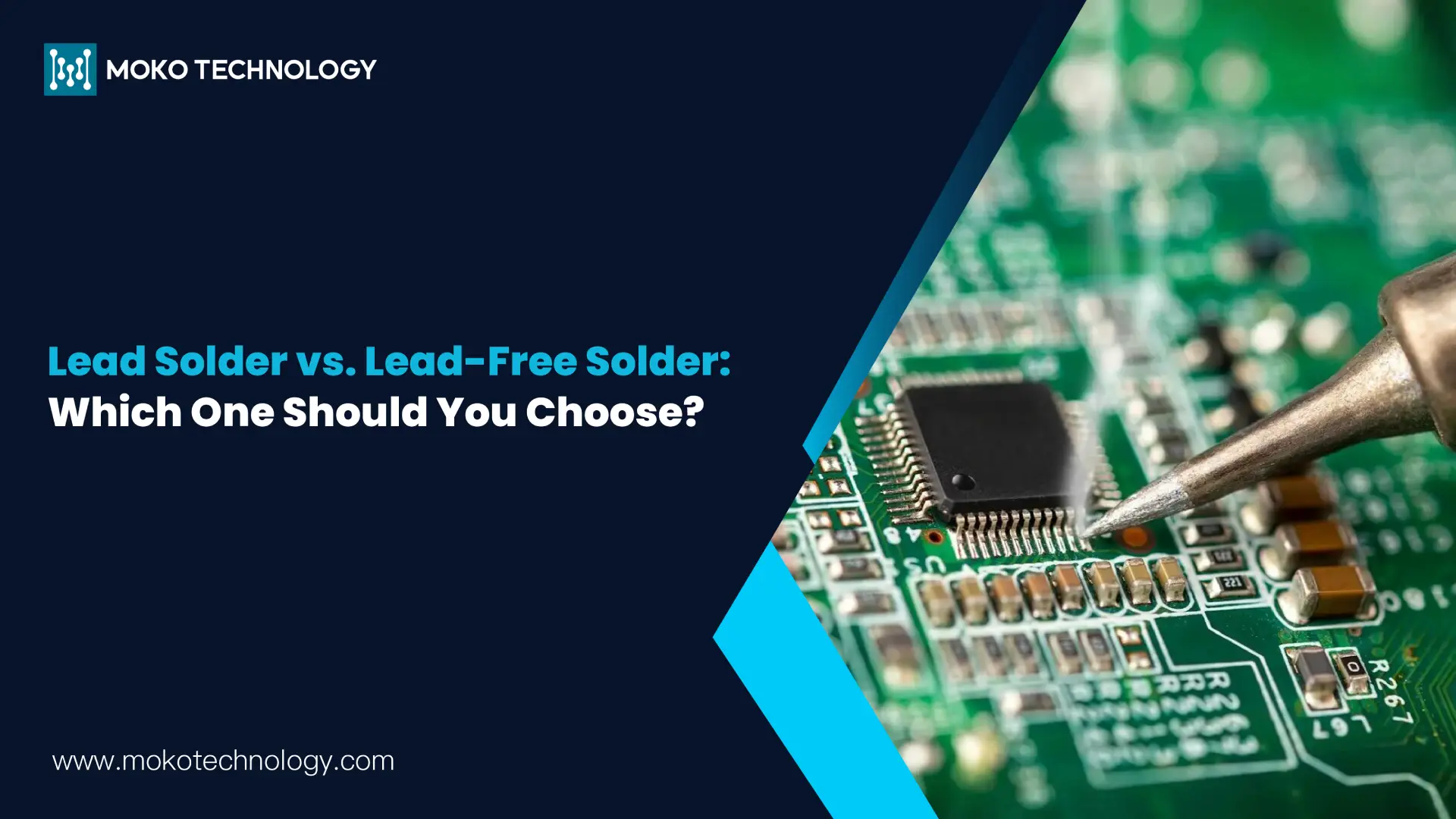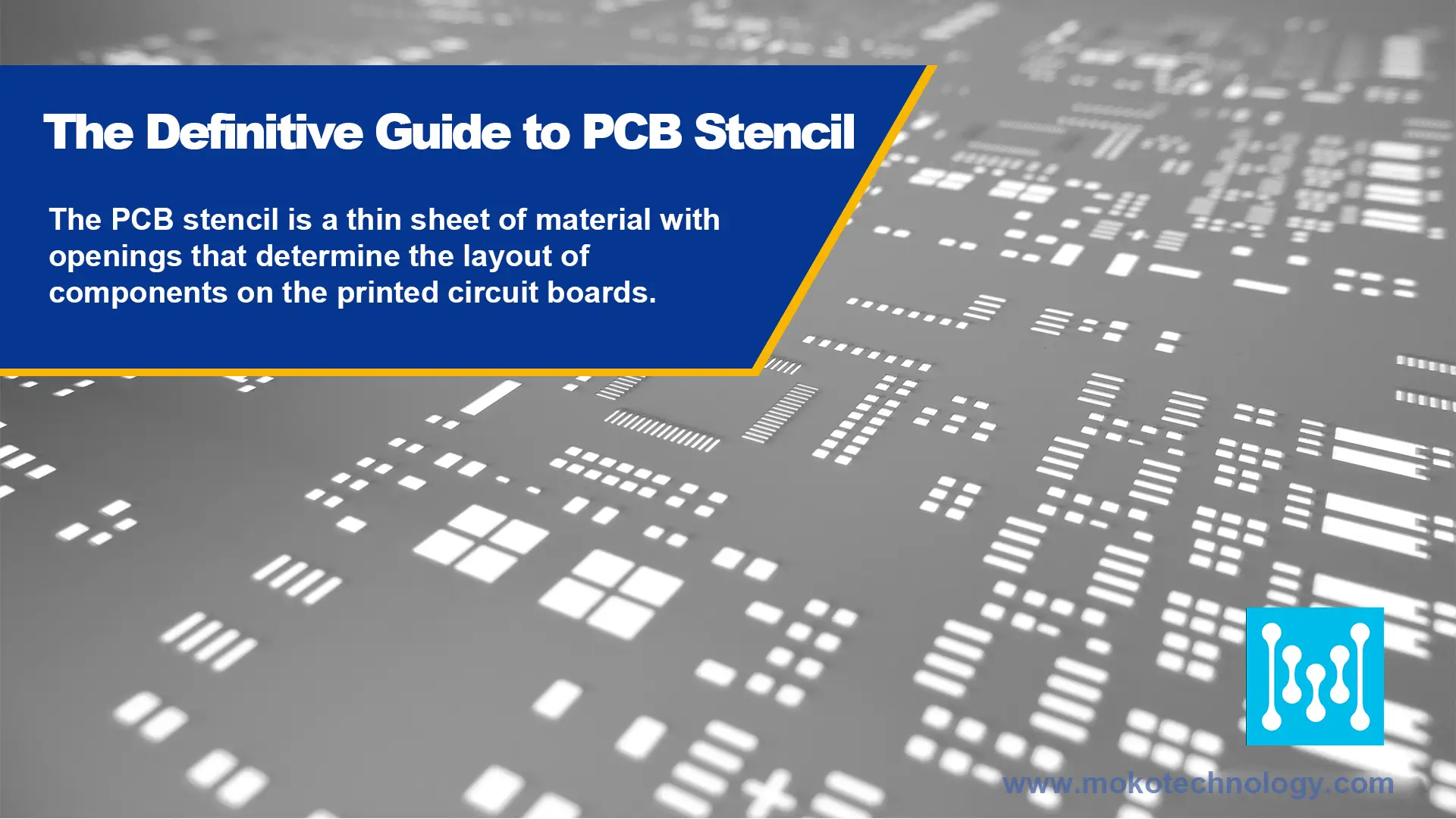For ages, lead solder that is largely made with tin and lead alloys has been widely used because of its low melting point. Nonetheless, health and environmental concerns have shifted the industry to non-lead-based products. The drive for this shift has been orchestrated by regulations like RoHS (Restriction of Hazardous Substances), particularly in the European market, to reduce hazardous content in electronic gadgets. In this blog, we will explore the key differences in the debate of lead solder vs. lead-free solder, examining their properties, advantages, to help you make an informed decision for your next project.
What Is Lead Solder?
Lead solder has been the workhorse of electronics assembly throughout the many decades. This is mainly made of tin and lead, although tin is present in larger proportions than lead in most cases, typically accounting for 60% of the alloy while lead will be 40%. It has several advantages such as low melting point, low cost, and easy to use. However, lead is poisonous, this hazardous substance has many negative aspects for the human health of persons working with it. It also pollutes the soil and water, thus making the disposal of such products containing lead a big issue.
What Is Lead-Free Solder?
The attempts to use lead-free solder are mainly due to the impacts it has on human health as well as the environment. Lead-free solders contain tin and may have additions of silver (Ag), copper (Cu), and/or bismuth (Bi). Soldering materials containing no lead adheres to global legal frameworks, namely RoHS, reducing health hazards to workers and consumers. They have limitations such as high melting point as well as matters concerning reliability.
Lead Solder Vs Lead-Free Solder: Comparing the Key Differences

- Melting Points: Lead solder has lower melting temperature, so it is easier to work with. While lead-free solder requires higher temperatures, posing challenges in thermal management.
- Electrical Conductivity: They both offer good electrical conduction although the current lead-free solder might have a slightly higher resistance attributed to the lack of lead particles.
- Mechanical Strength: Lead-free solders, in most cases, create solder joints with lower ductility than lead solder joints. It means that lead-free solder joints are more brittle and more prone to solder joint failure when the object is stressed or undergoes thermal cycling.
- Reliability and Durability: Lead solder joints are generally less likely to be sensitive to stress and fatigue compared to lead-free solder joints; the latter poses a big challenge when designing products that require more testing, especially under subjecting to forceful conditions.
- Wetting Capabilities: Lead solder has a better wetting characteristic than lead-free solder, which enhances the formation of better joints. While lead-free soldering may reduce the amount of toxic materials used in the process, they are generally much more poorly wetted.
- Cost: Lead solder is less costly mainly because it is more easily accessible and comparatively easier to manufacture, while lead-free solders are relatively costly in terms of raw materials as well as require expensive tools and apparatus to use.
- Health Concerns: Lead is dangerous for human life and health, while lead-free solders help to protect people from their negative impacts, make working conditions safer, and decrease the probability and effects of lead contamination.
| Property | Lead Solder (Sn-Pb) | Lead-Free Solder |
| Melting Point | Lower (183°C for Sn63/Pb37) | Higher (217-227°C for common alloys) |
| Electrical Conductivity | Slightly better | Slightly lower |
| Mechanical Strength | More ductile | Less ductile, more brittle |
| Reliability and Durability | More forgiving to stress and fatigue | Requires careful design and testing |
| Wetting Capabilities | Superior | Poorer wetting properties |
| Tin Whisker Growth | Lower risk | Higher risk, depending on alloy |
| Environmental Impact | High toxicity due to lead content | Lower toxicity, but some constituents may be hazardous |
| Cost | Generally lower | Generally higher |
| Health Concerns | Toxic, poses health risks | Safer, no lead contamination |
| Thermal Conductivity | 50 (W / m) * 1 k * 1 s | 73(W / m) * 1 k * 1 s |
Lead Solder Vs Lead-Free Solder: How to Choose?
Now that we understand the advantages and disadvantages of lead solder and lead-free solder, the question arises: which one should you choose? There are a number of things that are required to consider before making the final decision.
Regulatory Compliance
If your government banned the use of lead, or if the products that you are developing will be sold in European countries that follow the RoHS directive, there really is no other way to go but to use lead-free solder.
Application Needs
The requirements of your project can play a significant role in defining what type of solder you plan on utilizing. For example, aerospace, avionic and medical electronics shall continue to prefer lead solder. It has been well tested and proven to maintain high reliability even in the harshest environment. While consumer products with no much concern on reliability will compromise on lead-free solders to comply with regulations.
Equipment Compatibility
Lead solder may pose some issues of compatibility with existing equipment. For lead-free solder, it is necessary to upgrade machines with high working temperatures, including Lead solder may pose some issues of compatibility with existing equipment.
Cost Considerations
Although lead solder is relatively cheaper, the total expenses taking other factors into consideration including health risks, penalties for breaking lead-free laws, and the cost of changing over to lead-free products must also be taken into consideration.
Long-Term Reliability
Durability of solder joints is a significant factor in the long-term success of the product. It is also important in the product that will experience harsh environmental conditions. Lead-free solder joints may be more sensitive than lead-bearing joints and may demand other tests and quality control.
Final Thoughts
Lead solder has been used throughout the years because of its dependability and relative simplicity. However, lead-free solder is slowly taking its place because of environmental concerns and least health hazardous implications. In conclusion, while lead-bearing solder has been found to have high reliability compared to lead-free solder, the future trends in the electronics industry will be characterized by environmentally safe solders. The decision of whether to continue using lead-bearing solder or switch to lead-free solder will vary from project to project due to constraints such as the existing standards, and cost versus reliability.




